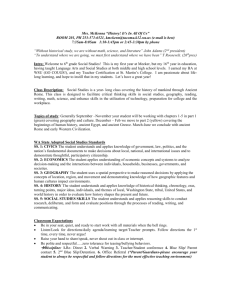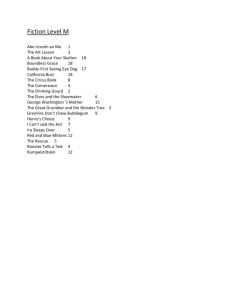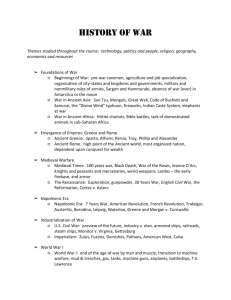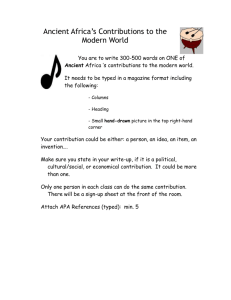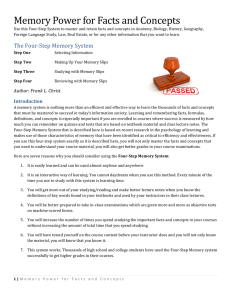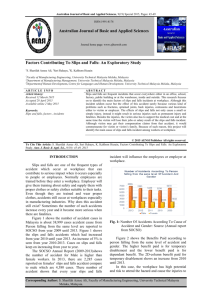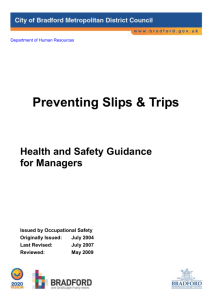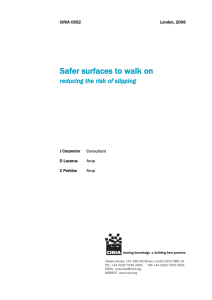Horizontal and Diagonal in Ancient Texts
advertisement
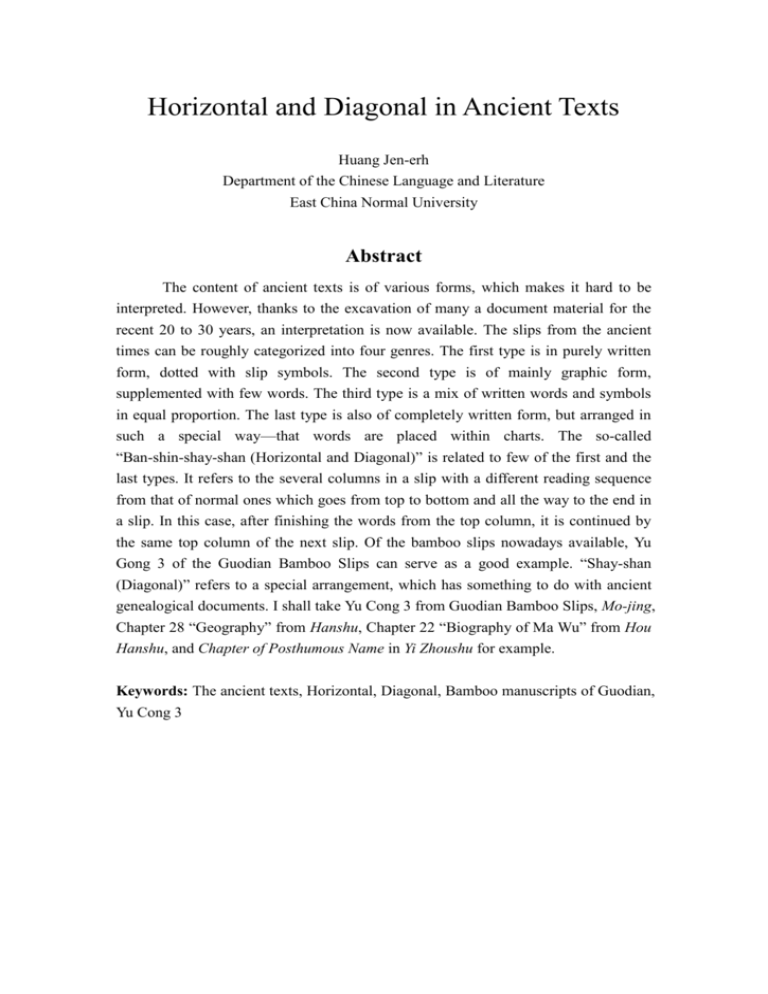
Horizontal and Diagonal in Ancient Texts Huang Jen-erh Department of the Chinese Language and Literature East China Normal University Abstract The content of ancient texts is of various forms, which makes it hard to be interpreted. However, thanks to the excavation of many a document material for the recent 20 to 30 years, an interpretation is now available. The slips from the ancient times can be roughly categorized into four genres. The first type is in purely written form, dotted with slip symbols. The second type is of mainly graphic form, supplemented with few words. The third type is a mix of written words and symbols in equal proportion. The last type is also of completely written form, but arranged in such a special way—that words are placed within charts. The so-called “Ban-shin-shay-shan (Horizontal and Diagonal)” is related to few of the first and the last types. It refers to the several columns in a slip with a different reading sequence from that of normal ones which goes from top to bottom and all the way to the end in a slip. In this case, after finishing the words from the top column, it is continued by the same top column of the next slip. Of the bamboo slips nowadays available, Yu Gong 3 of the Guodian Bamboo Slips can serve as a good example. “Shay-shan (Diagonal)” refers to a special arrangement, which has something to do with ancient genealogical documents. I shall take Yu Cong 3 from Guodian Bamboo Slips, Mo-jing, Chapter 28 “Geography” from Hanshu, Chapter 22 “Biography of Ma Wu” from Hou Hanshu, and Chapter of Posthumous Name in Yi Zhoushu for example. Keywords: The ancient texts, Horizontal, Diagonal, Bamboo manuscripts of Guodian, Yu Cong 3

